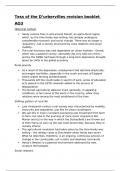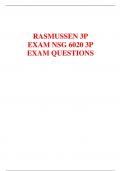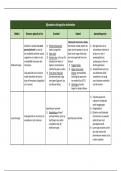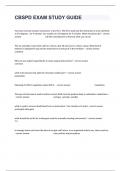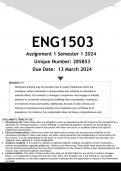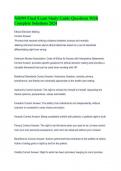Summary
Summary Tess of the D'urbervilles revision booklet AQA A Level English Lit B
Revision booklet for 'Tess of the D'ubervilles'' by Thomas Hardy for AQA A Level English Literature B. The booklet covers all of the AO's, contains key quotes throughout, themes, symbols, and character descriptions.
[Show more]
